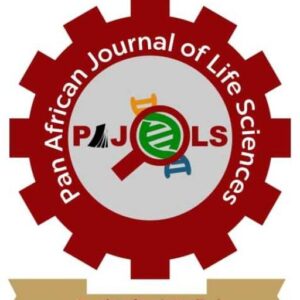
PAN AFRICAN JOURNAL OF LIFE SCIENCES
e-ISSN: 2672-5924
Volume 8, No. 1, April 2024
Pages 776-782
DOI: 10.36108/pajols/4202/80.0140
Occurrence of Soil-Transmitted Helminths in Selected Waste Dumpsites in OtuokeCommunity, Ogbia Local Government Area, Bayelsa State, Nigeria
Chinonye O. Ezenwaka* and Matthew S. Okere.
Department of Biology, Faculty of Sciences, Federal University Otuoke, Bayelsa State, Nigeria
Abstract
Background: Soil-transmitted helminths (STH) are global health concerns, particularly in tropical and subtropical regions with poor sanitation. Waste dumpsites contribute to STH transmission, polluting soil, groundwater, and air quality in any location where they are situated. This study was carried out to investigate the occurrence of soil-transmitted helminths in selected waste dumpsites in the Otuoke community, Ogbia Local Government Area, Bayelsa State.
Methods: 46 soil samples were randomly collected from different dumpsites and analyzed using Zinc sulphate floatation, Baermann technique and concentration method. Eggs and larvae of parasites present were identified morphologically by microscopic examination under x4 and x 10 objective lenses using identification keys. The Statistical Package for Social Science (SPSS) version 22 was used to analyze the data at 0.05 significant levels.
Results: The overall rate of contamination was 28.3%. Eggs and larvae of three soil-transmitted helminths were recovered from the soil samples. The species of soil-transmitted helminths encountered in the study were Ascaris spp. 4(8.6%), Hookworm specie 5(10.9%) and Strongyloides spp. 15(32.6%). The most prevalent soil-transmitted helminth recorded in this study was the larvae of Strongyloides spp. Nevertheless, variations in the distribution of soil-transmitted helminths across locations varied significantly (P = 0.035; P<0.05).
Conclusion: The findings suggest a need for a strategic intervention to improve sanitary status precisely in the locations where parasitic contaminations were present, whereas continuous monitoring and preventive measures should be implemented in the locations with no parasitic contamination to prevent the emergence of soil-transmitted helminths infection.
Keywords: Helminthes, Sanitation, Parasite, Soil, contamination, dumpsites.
